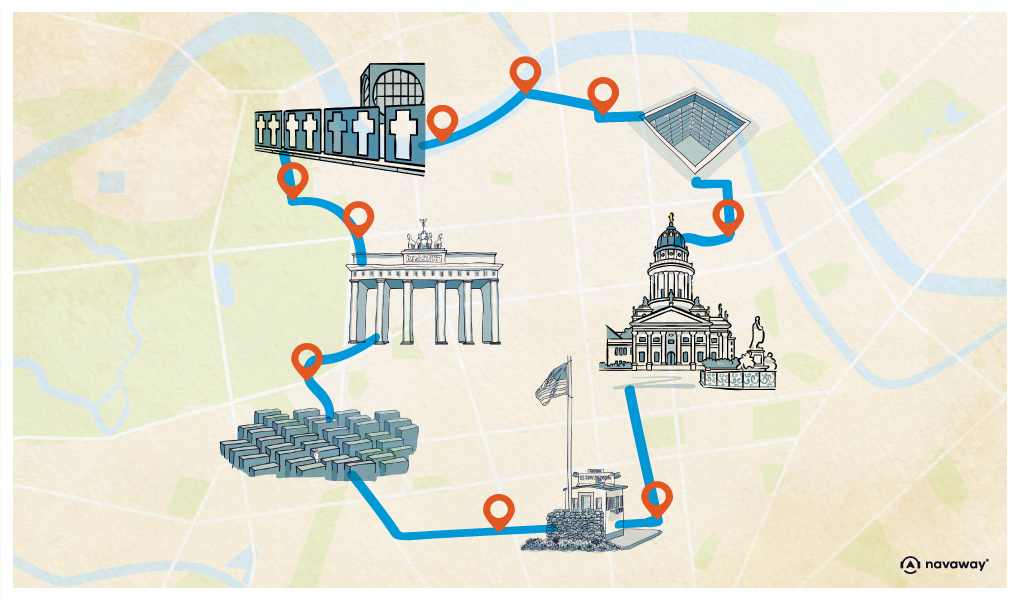
Bebelplatz
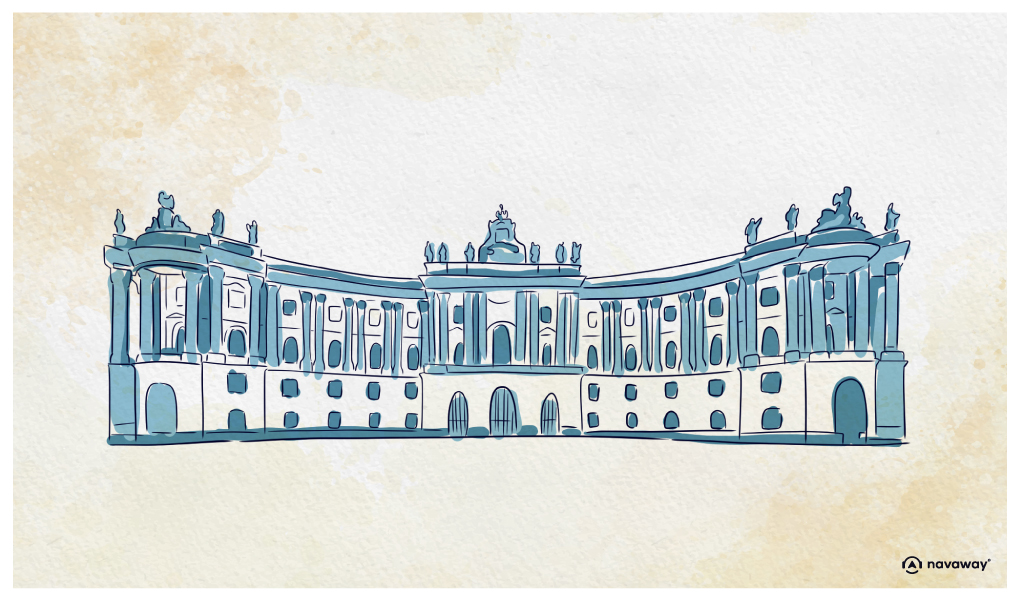
This point of interest is available as audio on the tour: Visit Berlin, On the other side of the wall
You are now standing in one of the most beautiful squares in the capital. It was renamed in 1947 to honor one of the founders of the Social Democratic Party of Germany: August Bebel. It was designed in the 18th century as part of the creation of the “Forum Fridericianum.” This space, inspired by the Roman world, was King Frederick the Great of Prussia’s own vision. Upon ascending the throne, he declared that every royal capital must have an opera house to reflect the monarchy’s cultural aspect, as well as a royal library to promote the education of a sophisticated and enlightened kingdom. He did not want his empire to be remembered solely for its military victories; he also wanted to secure its place in history as a refined nation. The 1740s thus saw the construction of numerous buildings in the following order: the Opera House, the Prinz-Heinrich Palace, which today is the Humboldt University, St. Hedwig’s Cathedral, which stands out by its large green dome, and the library, which closes off the opposite side of the square and now serves as the faculty of law. However, it’s not just these beautiful buildings that make Bebelplatz so well-known. As you know all too well, it is the tragedies that leave the deepest marks in history. Today, this place is most commonly associated with the terrible night of the Nazi book burning. On May 10, 1933, acting on the orders of Goebbels, who was the Minister of Propaganda at the time, members of the SA and Hitler youth groups burned more than 20,000 books written by foreign authors. This event was called the “Action Against the Un-German Spirit” and was staged in about twenty university towns all across the country. It was essentially a ritual of purification through the use of huge funeral pyres. Sadly, book burnings have existed for centuries. As early as 1643, during the English Civil War, copies of books by Royalist authors were publicly burned in London. Throughout history, countless irreplaceable manuscripts and books have been destroyed because people feared the ideas that diverged from theirs. The loss is immeasurable.. Goebbels took inspiration from the Spanish Inquisition, which saw any books considered to be “cursed” go up in flames. A contemporary work of art fittingly commemorates that dark day. It is the “Empty Library” by Israeli artist Micha Ullman. Through a transparent glass sheet, you can see an empty underground library. Its vacant shelves were built to accommodate the number of books that were burned. Beside it, you can read the lines of poet Heinrich Heine, referring to the book burnings of Cordoba: “Where they burn books, they will also, in the end, burn people.”. There’s nothing left to be said. I will leave you to your thoughts before we head off toward the cathedral.

Discover other tours to visit Berlin

Discover Berlin with app
An interactive guide through the most beautiful streets, squares, and districts
30 fun audioguides full of historical facts, anecdotes, and legends
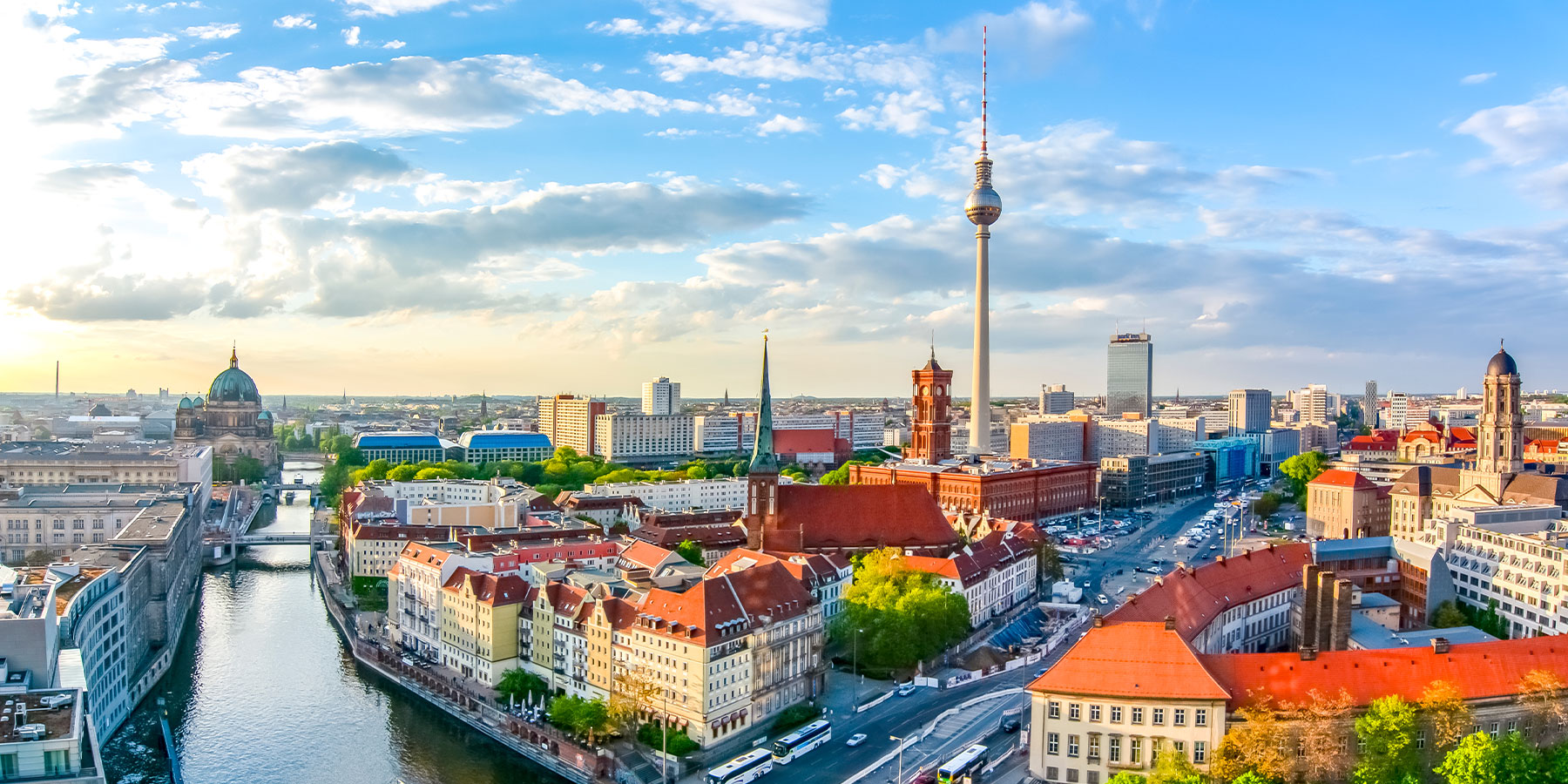

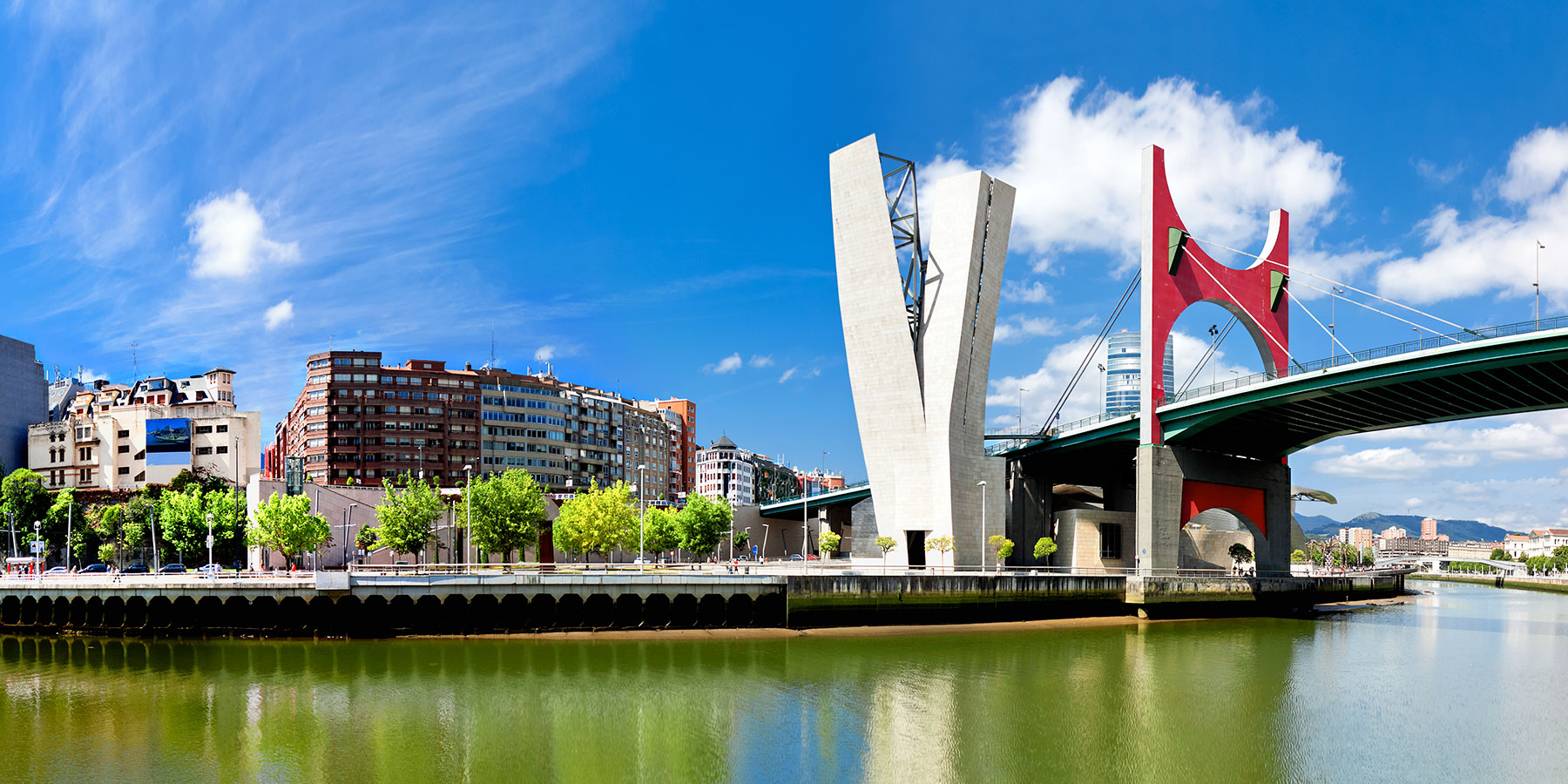
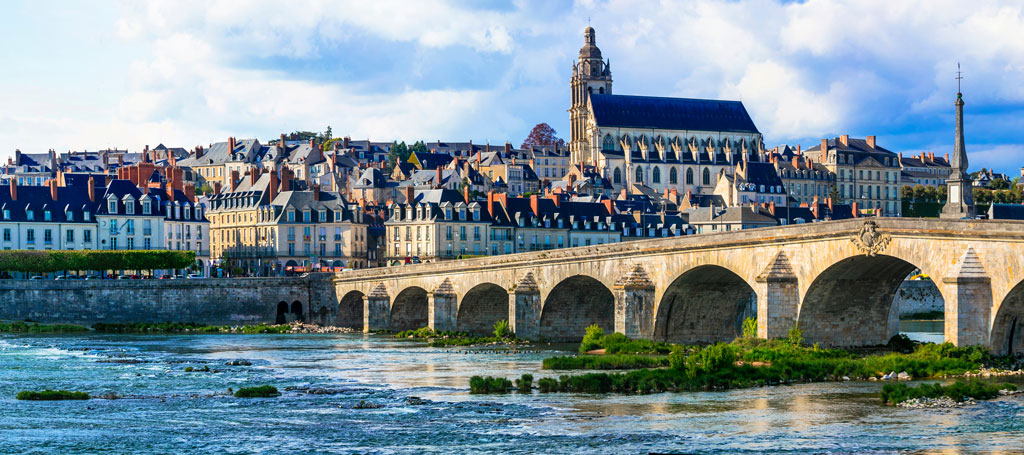


Comments